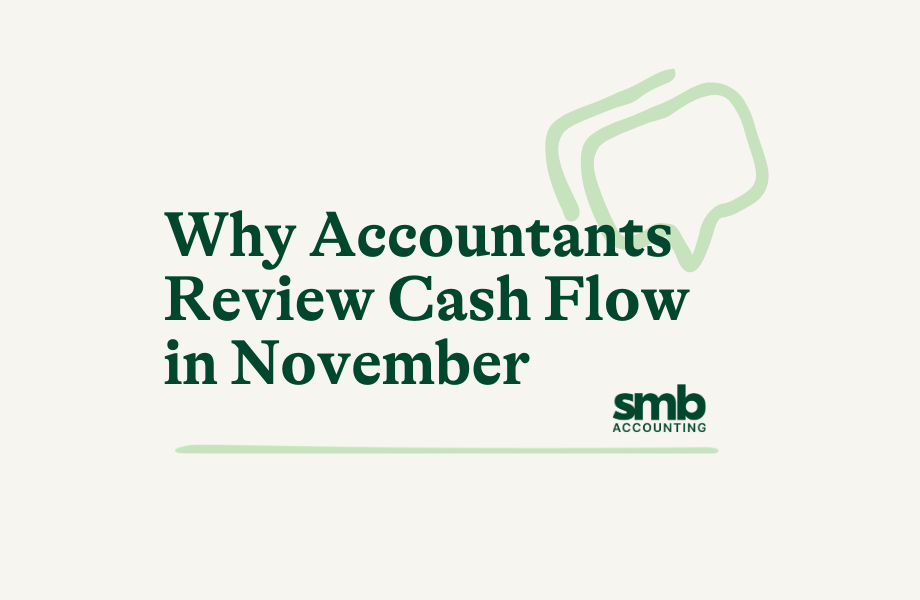When Your Business Needs a Special Purpose Financial Statement
Understanding what a special purpose financial statement is can make a big difference for your business. These are tailored reports created to meet specific needs that general financial statements might…










